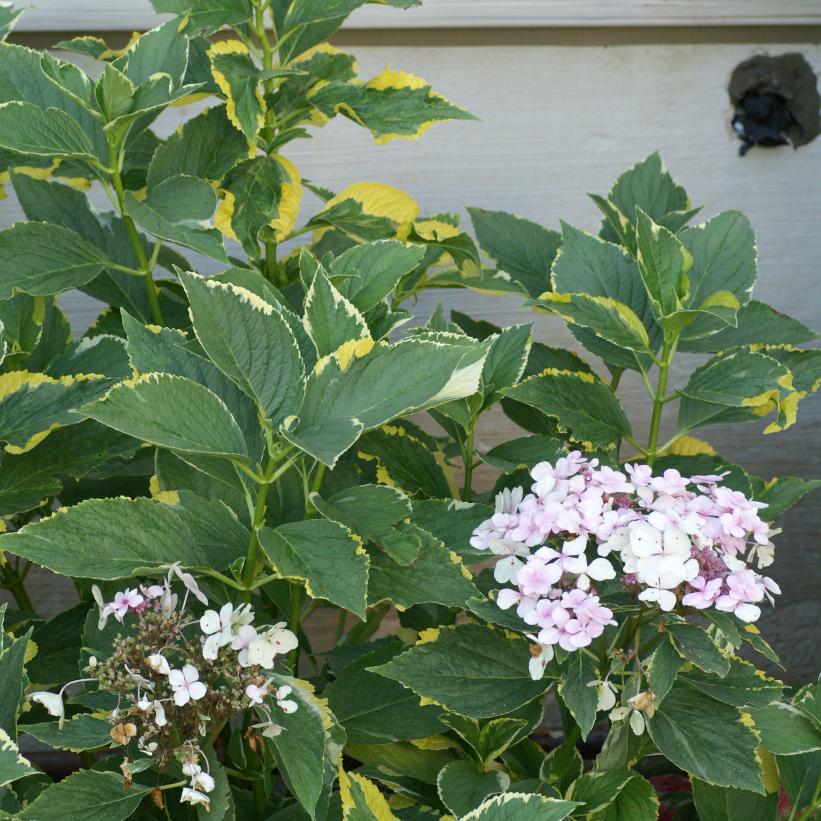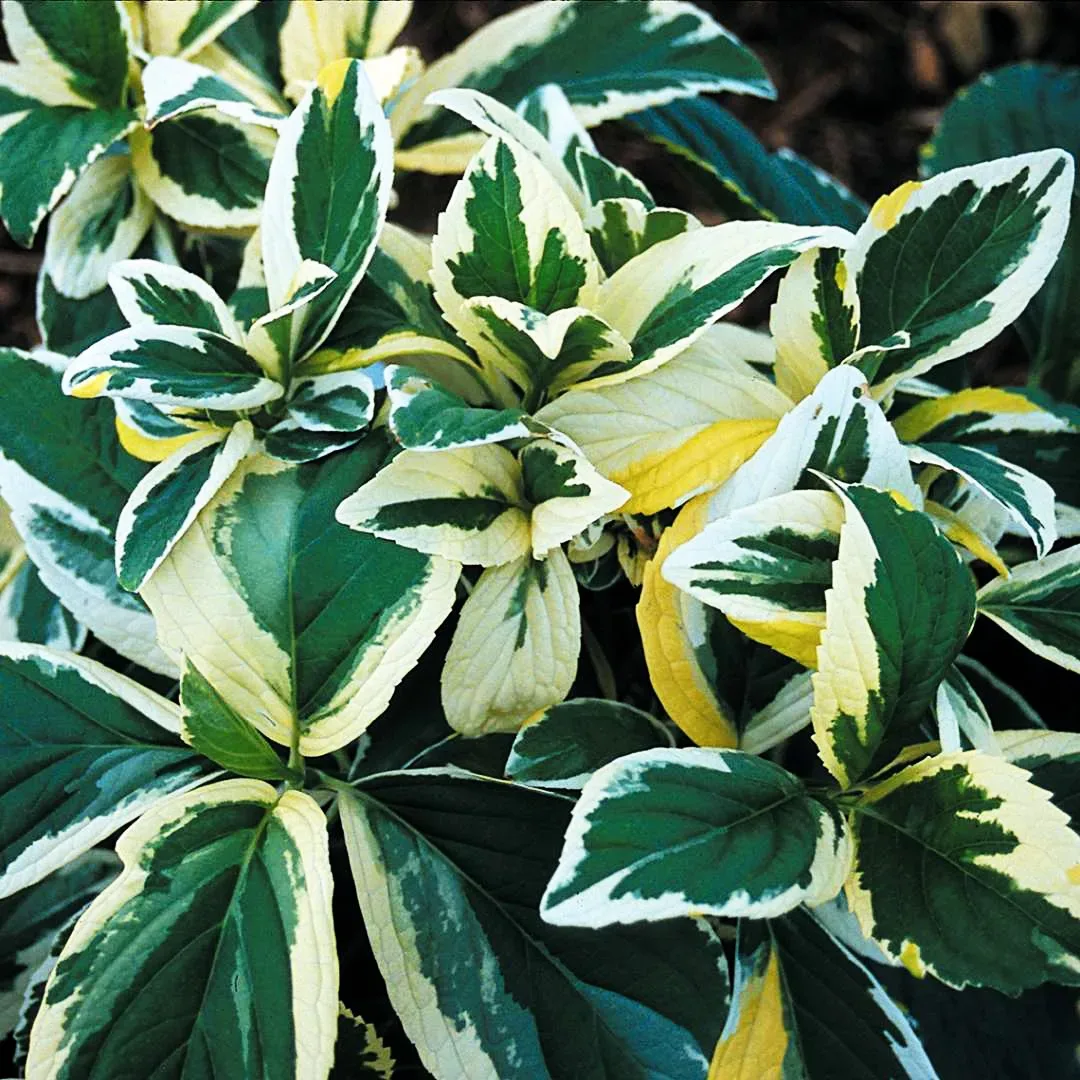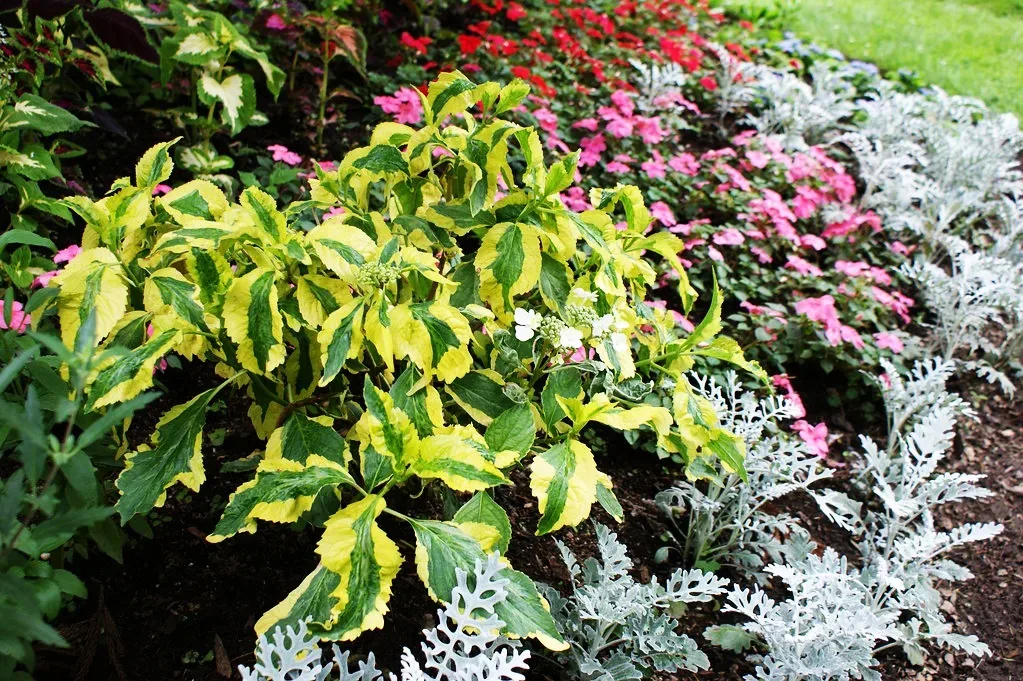Lemon Wave Hydrangeas: The Showstopping Shrub That Will Make Your Garden Pop
Lemon Wave Hydrangeas: The Showstopping Shrub That Will Make Your Garden Pop
If you're looking for a showstopping shrub that will add a touch of elegance and color to your garden, then lemon wave hydrangeas are the perfect choice for you. These beautiful shrubs are known for their stunning variegated foliage, which features shades of green, white, and yellow. In the spring and summer, they also produce large, showy blooms that can range in color from light blue to pink, depending on the acidity of the soil.
Lemon wave hydrangeas are relatively easy to care for and can be grown in a variety of climates. They prefer partial shade but can tolerate full sun in cooler climates. They also need well-drained soil and regular watering. With proper care, lemon wave hydrangeas can live for many years and provide years of enjoyment.
Here are some of the key features of lemon wave hydrangeas:
- Variegated foliage: The leaves of lemon wave hydrangeas are a stunning blend of green, white, and yellow. This makes them a very attractive addition to any garden.
- Large, showy blooms: In the spring and summer, lemon wave hydrangeas produce large, showy blooms. The color of the blooms can range from light blue to pink, depending on the acidity of the soil.
- Easy to care for: Lemon wave hydrangeas are relatively easy to care for. They prefer partial shade but can tolerate full sun in cooler climates. They also need well-drained soil and regular watering.
- Long-lived: With proper care, lemon wave hydrangeas can live for many years. This makes them a great investment for your garden.
If you're looking for a beautiful and easy-care shrub to add to your garden, then lemon wave hydrangeas are the perfect choice for you. Here are some tips for planting and caring for lemon wave hydrangeas:
- Choose a planting site that receives partial shade. Full sun can scorch the leaves, while too much shade can prevent the blooms from developing their full color.
- Amend the soil with compost or other organic matter to improve drainage and fertility.
- Plant the hydrangea at the same depth as it was growing in the nursery container.
- Water the hydrangea deeply and regularly, especially during the first year after planting.
- Fertilize the hydrangea in the spring with a balanced fertilizer.
- Deadhead spent blooms to encourage new growth.
- Protect the hydrangea from frost in the winter by covering it with burlap or other protective material.
With proper care, lemon wave hydrangeas will thrive in your garden for many years to come. They are a beautiful and versatile shrub that can be used in a variety of settings. Whether you want to add a touch of elegance to your front yard or create a colorful border in your backyard, lemon wave hydrangeas are the perfect choice.
If you're looking for a hydrangea with beautiful variegated leaves and large clusters of pink or blue flowers, the Lemon Wave Hydrangea is a great choice. This deciduous shrub is compact and bushy, reaching heights of 1.2 to 1.5 meters. It prefers part shade or shade conditions and moist, well-drained soil.
The Lemon Wave Hydrangea's leaves are a unique feature. They are dark green with irregular margins of pale yellow to cream. The flowers are flat and lace-cap shaped, and they bloom in summer. The color of the flowers can vary depending on the acidity of the soil. In alkaline soils, the flowers will be pink, while in acidic soils, they will be blue.
If you're interested in learning more about the Lemon Wave Hydrangea, I recommend visiting . This website has a wealth of information about the plant, including its care requirements, planting tips, and pest and disease prevention. You can also find photos of the plant in bloom, as well as customer reviews.
FAQ of lemon wave hydrangea
- What is a lemon wave hydrangea?
A lemon wave hydrangea is a type of hydrangea that is known for its large, cascading flowers that bloom in a lemon yellow color. It is a relatively hardy plant that can tolerate a wide range of climates, making it a popular choice for gardeners in many parts of the world.
- How do I care for a lemon wave hydrangea?
Lemon wave hydrangeas are relatively easy to care for, but they do require some basic care to thrive. They need full sun to partial shade and well-drained soil. They should be watered regularly, especially during the summer months. In the spring, you can fertilize them with a balanced fertilizer.
- When do lemon wave hydrangeas bloom?
Lemon wave hydrangeas typically bloom in the summer, from June to August. The flowers will last for several weeks, and they can be a beautiful addition to any garden.
- How do I deadhead a lemon wave hydrangea?
Deadheading is the process of removing spent flowers. This helps to encourage new blooms and keep the plant looking its best. To deadhead a lemon wave hydrangea, simply pinch off the spent flowers with your fingers. You can also use a pair of scissors to make a clean cut.
- How do I propagate a lemon wave hydrangea?
Lemon wave hydrangeas can be propagated by taking cuttings. To do this, cut a 4-6 inch piece of stem from the plant in the spring or summer. Remove the lower leaves from the cutting and dip the end in rooting hormone. Plant the cutting in a pot of well-drained potting mix and keep it moist. The cutting should root in about 4-6 weeks.
Image of lemon wave hydrangea
5 different images of lemon wave hydrangea from pinterest.com:




Post a Comment for "Lemon Wave Hydrangeas: The Showstopping Shrub That Will Make Your Garden Pop"